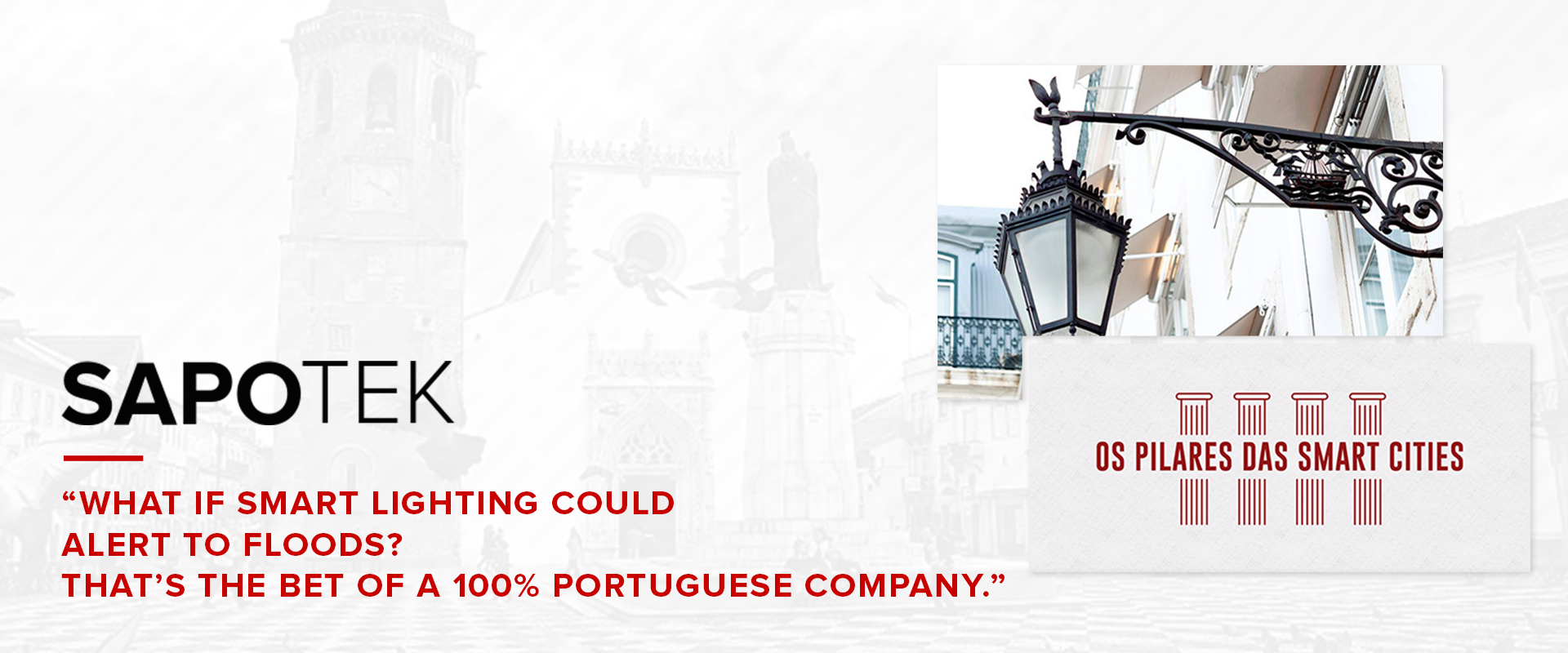
SAPO TEK highlights ARQUILED and the company’s project in Tomar county, in a background article on Smart Cities
In a context where smart cities become “a global reality” and Portugal “goes in the same direction”, TEK SAPO addresses the issue by choosing Arquiled CEO as speaker and the Company as a reference in the sector, highlighting the project that is being implemented in Tomar county as an example of the future that is already here
“What if smart street lighting could alert to floods? The bet is from a 100% Portuguese company” it’s the headline. Arquiled is presented as the company that “has been helping Portugal” in the development of Smart Cities since 2005. Several projects are pointed out like the first Portuguese smart city, Évora, in 2011, the Cascais Boardwalk and more recently the Marginal also in Cascais.
In 2019, Smart Cities development is a “priority” for the company, states Miguel Allen Lima, and this bet was reinforced in 2018 with the launch of Bright Science, a company “whose mission is to research, develop and implement new technologies in smart cities, which can benefit municipalities and citizens, namely through devices, communication systems, security and cloud applications ”, says the article.
Tomar Smart Human City: An Innovative Project
As a practical example of a smart city under development and its many benefits, the article points out the ongoing project in Tomar county, where Arquiled is about to install 14,000 connected LED luminaires with LoRa (the Long-Range Low-Power Long-term wireless technology), that “enable to manage, pear to pear, all street lighting fixtures as well to integrate, manage and monitor other services” through the Watson IoT platform” says Miguel Allen Lima, adding that it is“ open the way to new IoT solutions ”such as smart meters and traffic lights, for example.
In addition to the LED Smart Street Lighting system, which will ensure “financial savings, a reduction in CO2 emissions and a reduction in light pollution”, four other pilot projects will be activated, namely: monitoring the water quality of the Nabão River and the flood levels – allowing “to generate early warnings that can avoid much damage and even save lives”, thus explaining the title of the article – as well as water quality and the use and loss of water in the hydrants.
The original SAPO TEK article can be read in full here (portuguese only).





